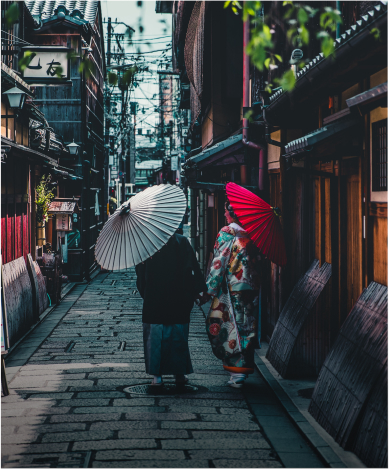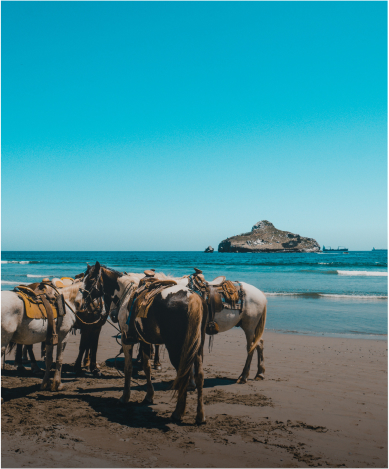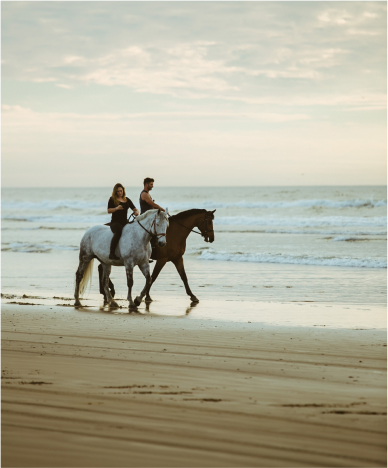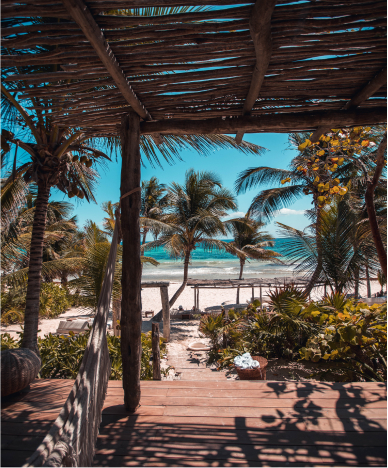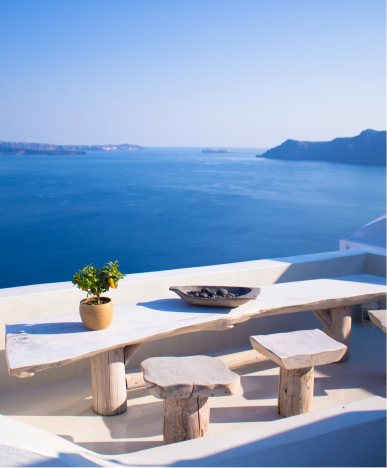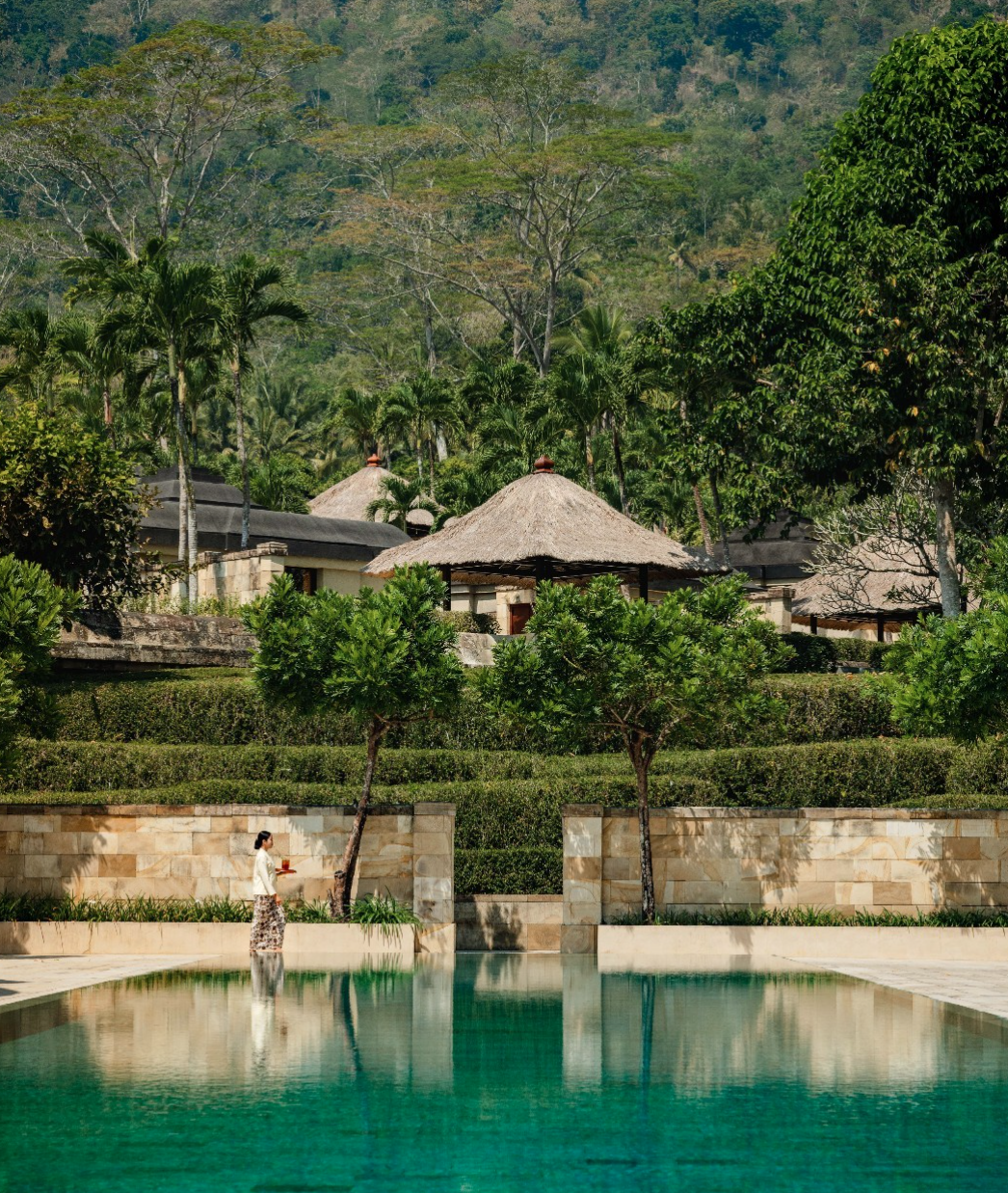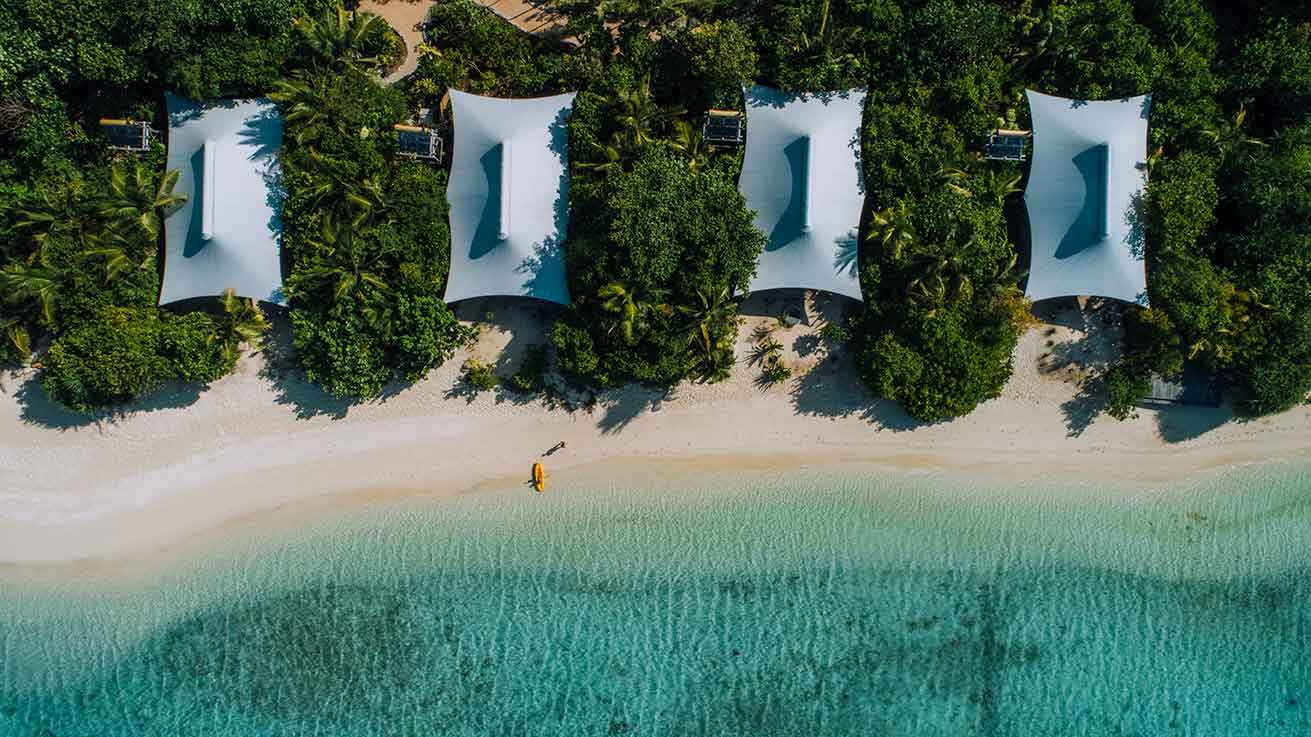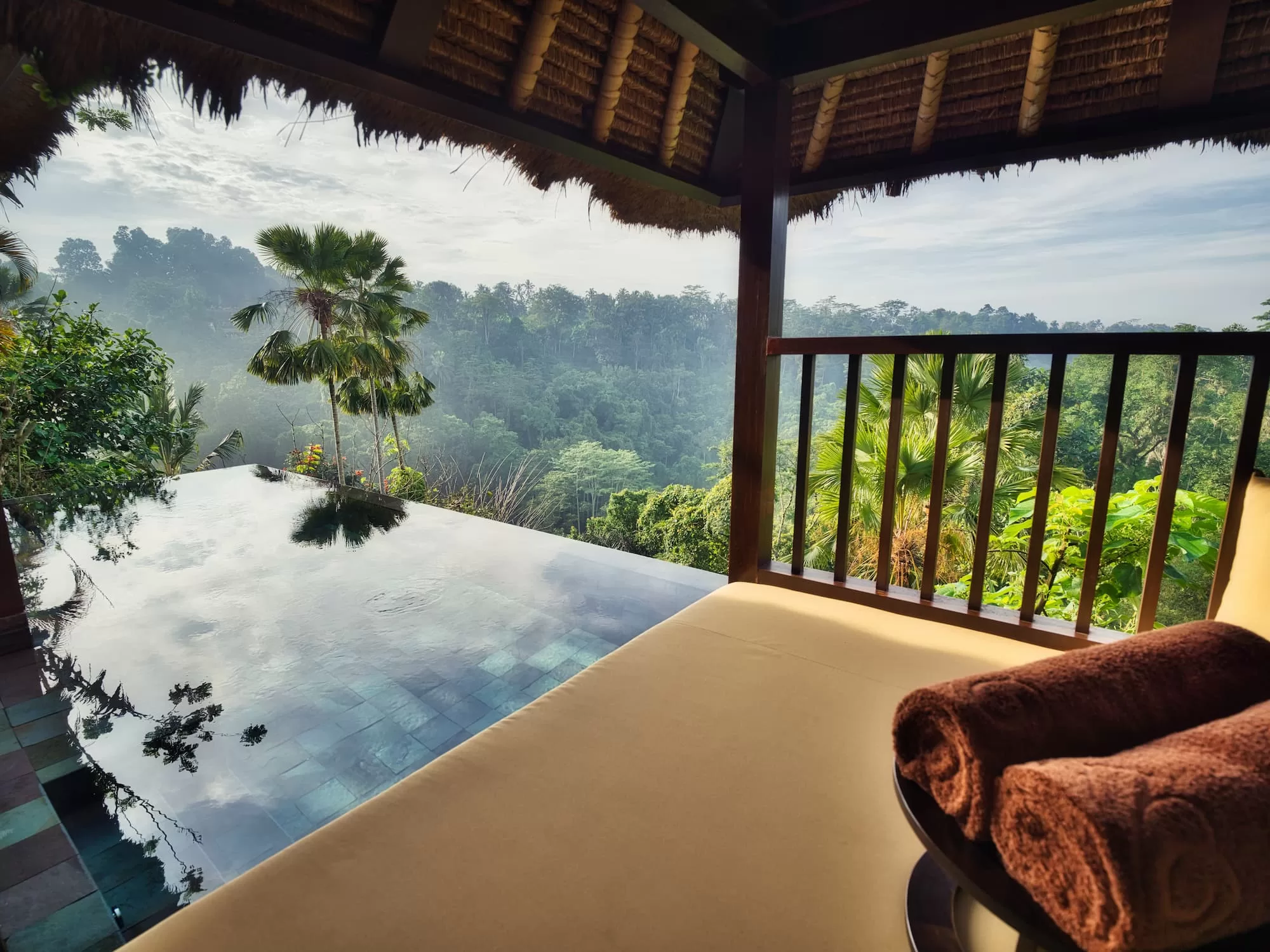A sunrise visit to Borobudur is sure to be the highlight of your visit to Indonesia. It’s pure magic to see the first rays of the sun kiss the largest Buddhist temple on Earth – and well worth the early morning alarm! Sit atop the temple alongside serene buddhas and above the volcanoes and rising layers of steaming jungle as the world transforms from night to day.
Borobudur, Central Java, is the world’s largest Buddhist temple and monument; a man-made mountain or 3D mandala standing between volcanoes, rice fields, villages and tropical jungles. Constructed in the 9th century, Borobudur consists of nine stacked platforms with six square platforms comprising the base, and three round platforms crowned with a large stupa.
On the upper level surrounding the central stupa, you’ll see 73 smaller, hollow bell-shaped stupas with a Buddha statue inside each. 504 buddha statues sit on top of the temple with 2,672 relief panels – the world’s largest and most complete collection of Buddhist reliefs.
Sunrise chasers head straight up to the top to await the first morning rays. Once the show is over, circle down to appreciate the stunning architecture once again..
Today, Borobudur is UNESCO recognised and the single most visited site in Indonesia.
Home to no less than 167 active volcanoes, far more than any other country, Indonesia hosts a wealth of features to explore. Some of the more accessible for visitors are in the Bromo-Tengger-Semeru National Park and the Ijen Crater in East Java Mount Rinjani in Lombok and Mount Batur in Bali.
Hardly surprisingly in the world’s largest archipelago, beaches are also significant attractions. Aside from the obvious destinations like Bali, there are wonderful beaches in off-the-beaten-track locations in Makuku, Nusa Tenggara and Sulawesi. In a nation of more than 18,000 islands, the options are almost endless.
Indonesia has some of the largest remaining tracts of tropical forest anywhere in the world, and these support an incredibly diverse wildlife from Orangutans and other primates to critically endangered Javan Rhinoceros and Tigers, and an extraordinarily wide range of bird species. Forest areas recognised as UNESCO World Heritage Sites are Ujong Kulon National Park in West Java and three huge parks in Sumatra, which together comprise the Tropical Rainforest Heritage of Sumatra.
Further east, Komodo Island is the home of the remarkable Komodo Dragon and a very diverse marine life. Close to the very eastern limit of Indonesia, the remote Lorentz National Park in Papua has a permanent glacier and is the single largest national park anywhere in southeast Asia.
Upon arrival into the country, you will immediately notice the sudden rush of warm, wet air. Spring, summer, autumn and winter don’t exist here, It has no spring, summer, fall, or winter, just two seasons: rainy and dry, both of which are relative (it still rains during the dry season, it just rains less). While there is significant regional variation, in most of the country (including Java and Bali) the dry season is from April to October, while the wet season is from November to March. In the highlands, temperatures will naturally be cooler and there are even snow-covered peaks in Papua, whose mountains can soar above 5000m.
